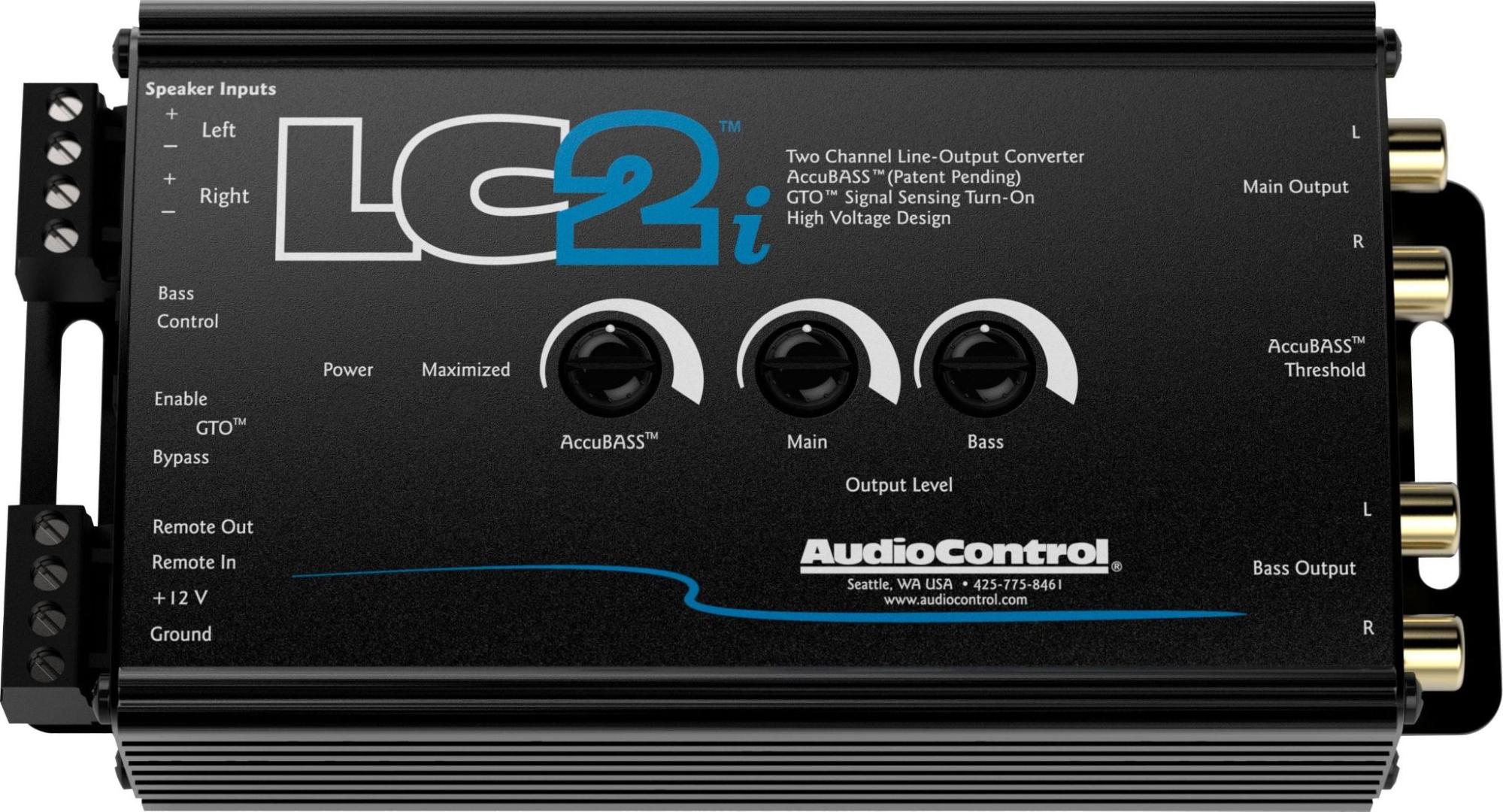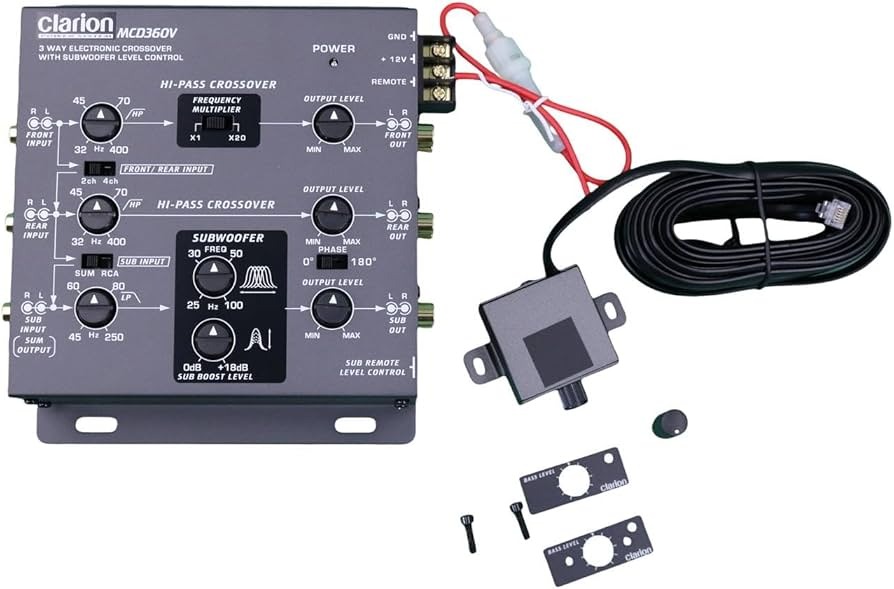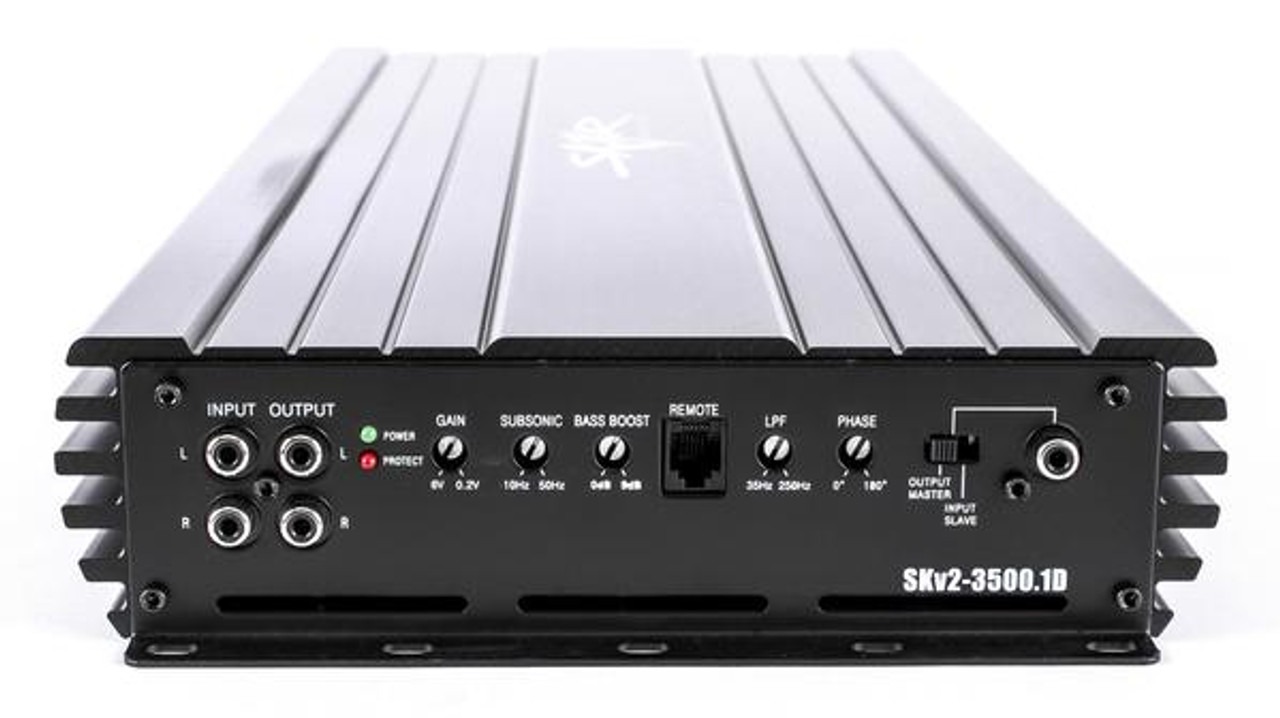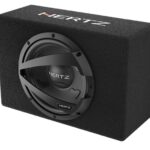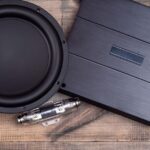In this guide, we’ll break down everything you need to know about car audio crossovers, their types, benefits, and how to choose the best one for your setup.
What is a Car Audio Crossover?
A car audio crossover is an electronic component that splits the audio signal into different frequency ranges before sending them to their respective speakers. This prevents distortion and ensures each speaker plays only the frequencies it’s designed to handle.
For example:
- Subwoofers handle low frequencies (bass).
- Mid-range speakers manage mid frequencies (vocals, instruments).
- Tweeters produce high frequencies (treble and details).
By using a crossover, you can eliminate unwanted distortion and enhance sound clarity across all frequency ranges.
According to Audioholics, a car audio crossover is essential for filtering audio frequencies, ensuring each speaker plays only the frequencies it’s designed for.
Types of Car Audio Crossovers
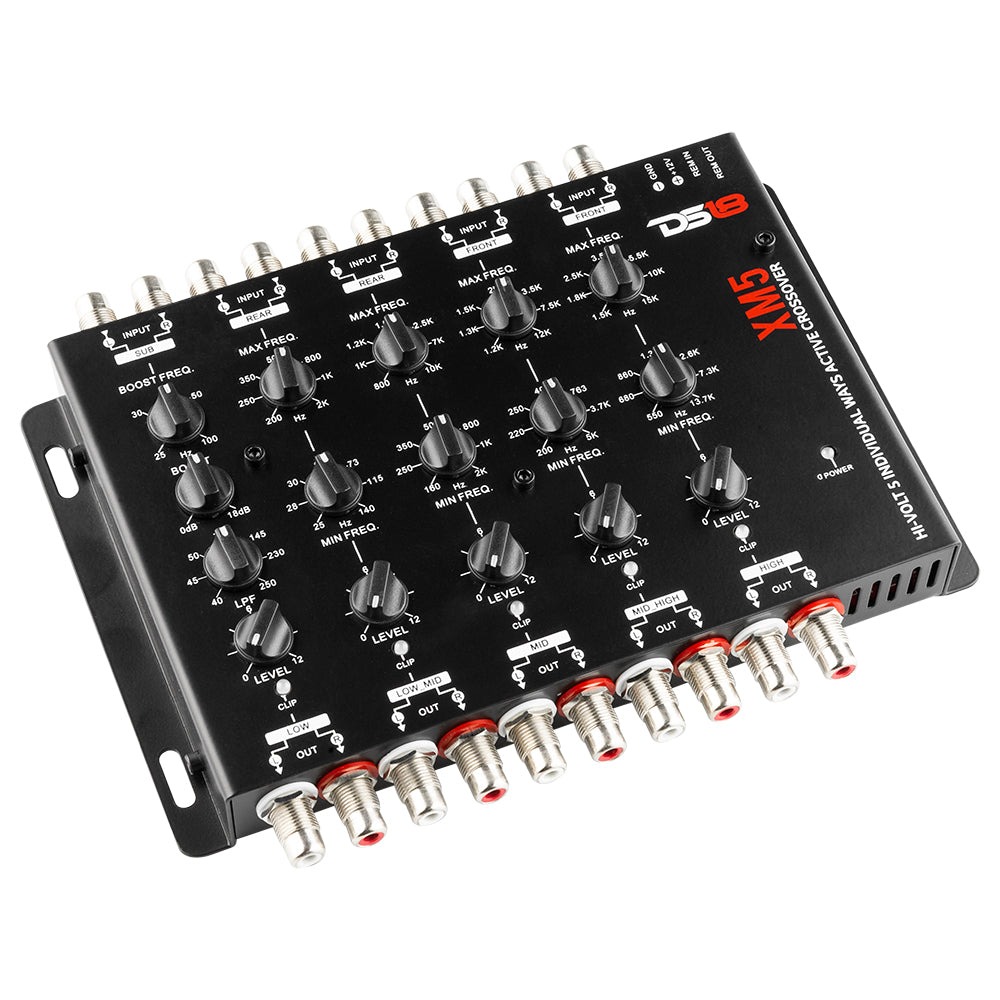
Credit: ds18.com
When selecting a car audio crossover, you’ll come across three main types:
Passive Crossovers
Passive crossovers do not require an external power source and are installed between the amplifier and speakers. They use capacitors and inductors to filter frequencies.
Pros
- Easy to install
- Affordable
- No additional power needed
Cons
- Less precise filtering
- Can cause energy loss
Active (Electronic) Crossovers
Electronic crossovers are powered devices that filter frequencies before the amplifier processes them. These are common in high-performance sound systems.
Pros
- Adjustable crossover points
- More precise frequency control
- Improved sound quality
Cons
- Requires a separate power source
- More complex installation
Digital Crossovers
A digital crossover is a more advanced version of an electronic crossover, using DSP (Digital Signal Processing) to fine-tune sound settings.
Pros
- Highly customizable frequency adjustments
- Can store multiple tuning presets
- Best for audiophiles and competition setups
Cons
- Expensive
- Requires expert tuning
Why Do You Need a Car Audio Crossover?

Credit: newegg.com
A crossover is essential for anyone looking to optimize their car audio setup. Here’s why:
Reduces Distortion – Prevents overlapping frequencies that cause poor sound quality.
Improves Speaker Efficiency – Each speaker gets only the frequencies it can handle, enhancing performance.
Better Bass Response – Your subwoofer focuses only on low frequencies, making bass sound deeper and cleaner.
Enhanced Mid-Range and Highs – Vocals and treble remain clear and detailed without interference.
How to Choose the Best Car Audio Crossover
Consider Your Sound System Setup
- If you use component speakers, an active crossover is ideal.
- For coaxial speakers, a passive crossover works fine.
Look for Adjustable Crossover Points
Choose a crossover that lets you fine-tune frequency cutoffs for bass, mid-range, and highs.
Compatibility with Amplifiers and Speakers
Ensure the crossover works with your sound system power and impedance ratings.
Ease of Installation
- Passive crossovers are easier to install.
- Electronic crossovers require extra wiring and power.
Budget
Higher-end models with digital tuning offer better precision but come at a higher cost.
Top Car Audio Crossovers to Consider
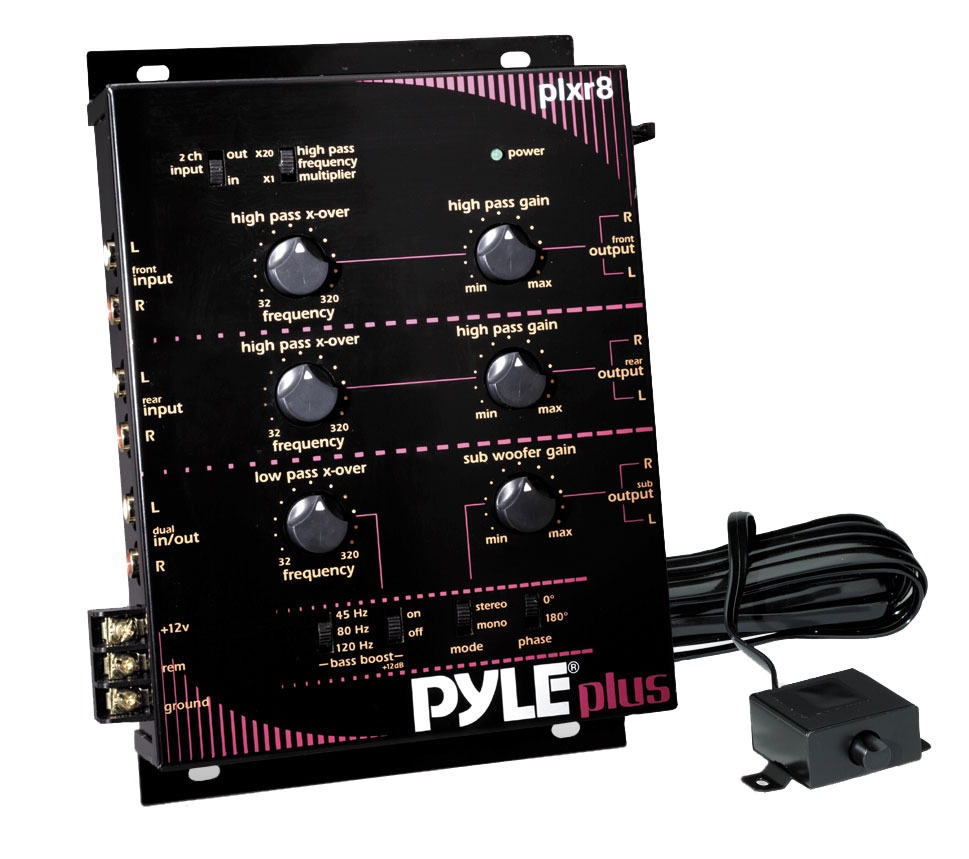
Credit: pyleaudio.com
When choosing a car audio crossover, it’s essential to consider your system type, budget, and sound preferences. Below are some of the best car audio crossovers available, covering a range of passive, active, and digital models.
Quick Comparison
| Crossover Model | Best For | Key Features | Amazon Link |
| AudioControl LC2i | OEM system upgrades | Converts high-level speaker outputs to RCA – AccuBASS® technology restores low-end bass – Works with factory sound systems | Buy on Amazon |
| DS18 PRO-CFX | Budget-conscious users | – 2-way and 3-way frequency filtering – Adjustable high-pass and low-pass filters – RCA inputs and outputs for clean signal transfer | Buy on Amazon |
| Clarion MCD360 | Multi-amplifier setups | – Three-way electronic crossover – Separate controls for subwoofer, mid-range, and highs – Adjustable bass equalization | Buy on Amazon |
| Skar Audio SKCrossover | Component speaker setups | – Filters mid-range and high frequencies – Compact, plug-and-play design – No external power required | Buy on Amazon |
AudioControl LC2i – Best for OEM Integration
Credit: bestbuy.com
Type: Active crossover
Best For: OEM system upgrades
Features
- Converts high-level speaker outputs to RCA
- AccuBASS® technology restores low-end bass
- Works with factory sound systems
Why Choose It?
If you’re upgrading your factory sound system and need a seamless integration while improving bass performance, the LC2i is an excellent option.
DS18 PRO-CFX – Budget-Friendly Electronic Crossover
Credit: ds18.com
Type: Active crossover
Best For: Budget-conscious users
Features
- 2-way and 3-way frequency filtering
- Adjustable high-pass and low-pass filters
- RCA inputs and outputs for clean signal transfer
Why Choose It?
For those on a budget who still want precise frequency control, this electronic crossover provides solid performance without breaking the bank.
Clarion MCD360 – Best for Multi-Amplifier Setups
Credit: Amazon.com
Type: Active crossover
Best For: Custom audio setups with multiple amps
Features
- Three-way electronic crossover
- Separate controls for subwoofer, mid-range, and highs
- Adjustable bass equalization
Why Choose It?
The MCD360 is a versatile choice if you’re running multiple amplifiers and need precise crossover control.
Skar Audio SKCrossover – Best Passive Crossover
Credit: singhelectronics.ca
Type: Passive crossover
Best For: Component speaker setups
Features
- Filters mid-range and high frequencies
- Compact, plug-and-play design
- No external power required
Why Choose It?
If you have a component speaker system, this passive crossover offers easy installation and a cleaner sound.
Installation Guide: How to Set Up a Car Audio Crossover
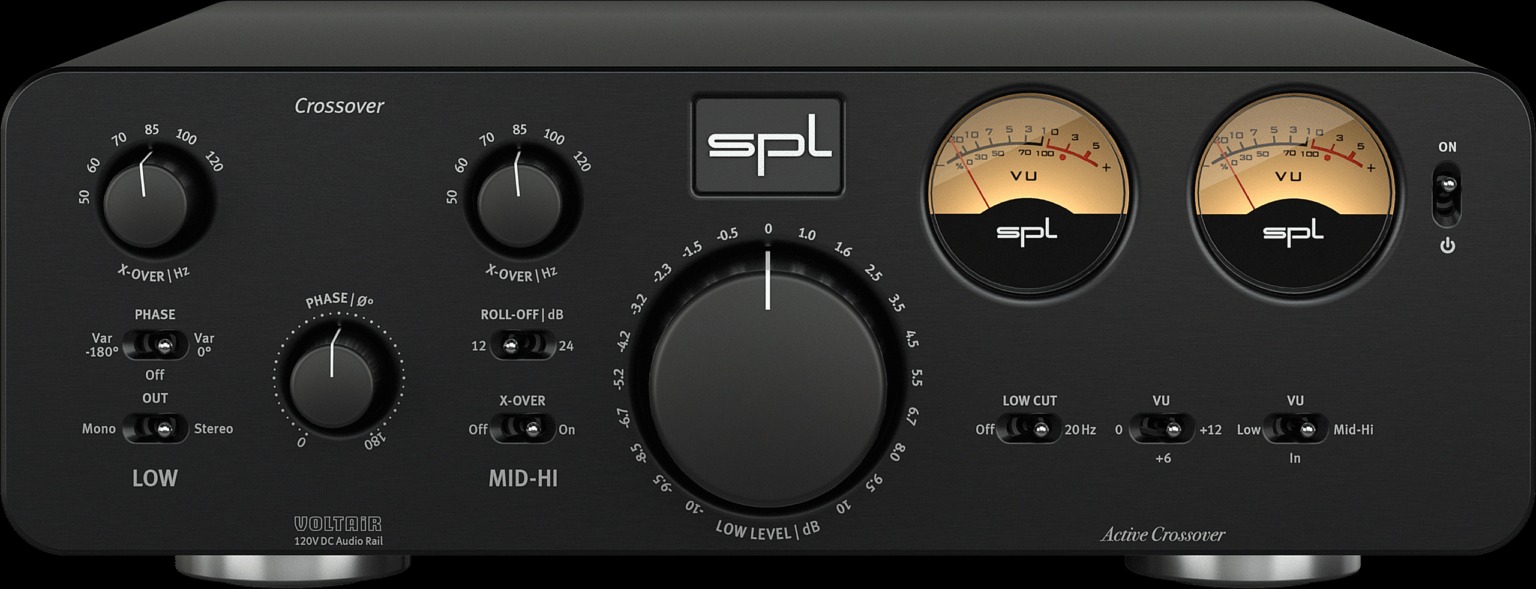
Credit: proaudiodesign.com
Plan Your Setup
Decide where to mount your crossover (dashboard, trunk, under the seat).
Connect the Power (For Active Crossovers)
- Connect the crossover’s power cable to the car’s battery.
- Use a fuse for safety.
Wire the Inputs
- Connect RCA cables from the head unit to the crossover.
- Ensure proper left/right channel wiring.
Connect the Outputs to Amplifiers/Speakers
- Route the filtered signals to their respective amplifiers and speakers.
Fine-Tune Crossover Settings
- Adjust high-pass, low-pass, and band-pass filters based on your speaker’s specifications.
If you’re new to car audio installation, check out this detailed guide on setting up a sound system from SoundGuys to avoid common mistakes.
Conclusion
A car audio crossover is a must-have for anyone looking to improve their sound system. Whether you choose a passive, electronic, or digital crossover, selecting the right one ensures clearer sound, better bass, and an immersive listening experience.


